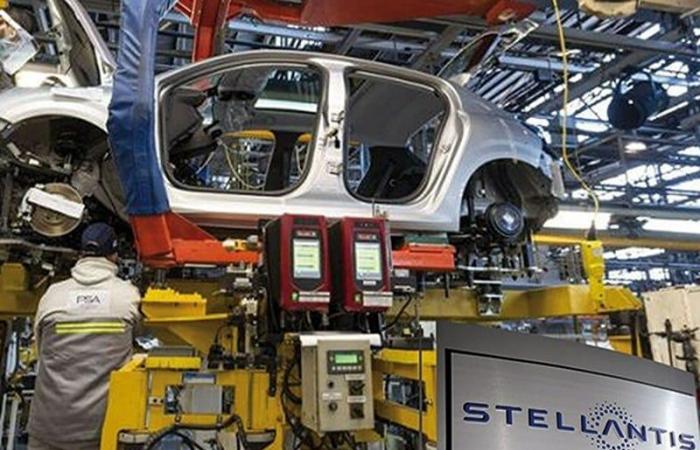The Moroccan automotive sector continues to grow, attracting significant investments thanks to its competitive production costs. This development raises concerns in Spain, particularly regarding the planned relocation of models like the Citroën C4 to Morocco.
Morocco is increasingly asserting itself as a major player in the global automobile industry, to the point of upsetting the balance of power in Europe. Thanks to its modern infrastructure, affordable renewable energy and a competitive workforce, the Kingdom has attracted big names in the sector, such as Renault and Stellantis. This dynamic is beginning to raise concerns among its European neighbors, particularly in Spain, where the automobile industry is a strategic economic pillar.
A strategic relocation to Kenitra
The Stellantis factory located in Villaverde, Madrid, is at the heart of Spanish concerns. This unit, which currently produces the Citroën C4 and C4 by the Kingdom. Indeed, Stellantis plans to double the production capacity of its Kénitra factory, from 200,000 to 450,000 vehicles annually, thanks to recent investments estimated at 300 million euros.
This transfer was facilitated by the allocation to Morocco of the “Smart” multi-energy platform, used for the manufacture of electric and hybrid vehicles. Currently, the Kenitra plant produces models such as the Citroën Ami, the Opel Rocks and the Peugeot 208, consolidating its role in Stellantis’ strategy.
Spanish concerns about a rise in Moroccan power
In Spain, this transfer is seen as an alarming signal for the sector. The Villaverde factory, which had regained economic momentum thanks to the Citroën C4, is seeing its annual production decrease, going from 105,000 units in 2022 to a forecast of 80,000 to 90,000 this year. This decline accentuates the challenges facing the Spanish automotive industry, already faced with high energy costs and a still uncertain transition to electrification.
According to the Spanish media El Debate, Morocco has established itself as a formidable competitor by combining reduced production costs and proactive government policy. The Kingdom aims to exceed one million vehicles produced annually by 2027, compared to around 700,000 currently. To achieve this, massive investments have been made, including the expansion of the “Automotive City” complex at the Tanger Med port, which now covers 1,200 hectares and can handle more than a million vehicles for export each year. .
A regional transformation
This strategic repositioning of production chains towards Morocco reflects a transformation of the global automotive industry, where costs and logistics efficiency play a determining role. While Morocco benefits from undeniable momentum, European players, such as Spain, must redouble their efforts to maintain their competitiveness in a rapidly changing market.






